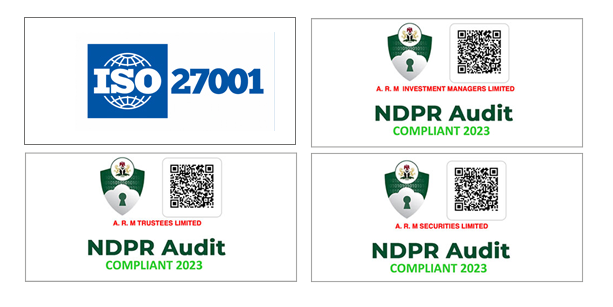In today’s cut-out of our core strategy document – The Nigeria Strategy Report, we review developments in African Economies: Sub Saharan Africa as well as in North African climes over H1 17. The section also provides insights on what we believe will be major drivers of both growth and overall investor sentiment for the rest of the year.
Given recently released data and forecast, Sub-Saharan Africa (SSA) is on course for a modest recovery in 2017 led by ongoing recoveries in some of its major economies. Specifically, powerhouse constituent—Nigeria—posted its slowest GDP contraction in four quarters in Q1 17 (-0.5% YoY) following slower contraction in crude production (Q1 17: -11% YoY to 1.83mbpd) and currency-led rebound in non-oil GDP (YoY: Q1 17: +0.7%) while its balance of trade extended its surplus position to a second consecutive quarter. In similar vein, the Angolan economy leveraged the OPEC-induced crude price rally to a position of relative comfort in Q1 17 with its government reportedly ramping up spending ahead of the country’s election in the period.
Elsewhere, growth picture in North Africa remained largely mixed with recent recovery in Tunisia and Morocco at one extreme. The recent growths in Tunisia and Morocco were supported by increases in mining/phosphate production, agriculture, and tourism as well as surge in agricultural output. In Egypt, the economy is believed to have expanded 3.9% YoY in Q1 17 (vs. 3.8% YoY in Q4 16) as influx of investment capital greeted the country’s tilt to currency floatation towards the close of last year.
On balance, the IMF projects improvements in current account balances across SSA in 2017 following recovery in commodity prices with SSA oil exporters in pole position to benefit. Of note, OPEC’s nine-month extension of its November’s production cut deal appears to have provided a much-needed relief to SSA oil exporters in the form of higher export proceeds. This should be aided by pass-through from gradual implementation of pro-market policies in climes such as Nigeria, wherein improvements in FX liquidity have been observed following the introduction of the IEW and its apex bank’s sustained sales of dollars at all segments of the market. Irrespective, current growth expectation for the region is less sanguine relative to predictions in January with the IMF cutting its SSA growth forecast 20bps to align with World Bank’s estimate of 2.6% YoY over 2017.
In North Africa, Egypt’s pro-market policies appear to be generating desired responses from portfolio investors as well with the March influx into the country’s bond market a case in point. This is even as Morocco leverages on its resurging agriculture which has already underpinned its strong growth in Q1 17. Thus, although patches of weaknesses are still expected in Libya and Algeria, mean growth in North Africa should remain strong in 2017.


